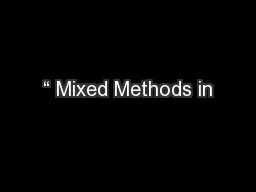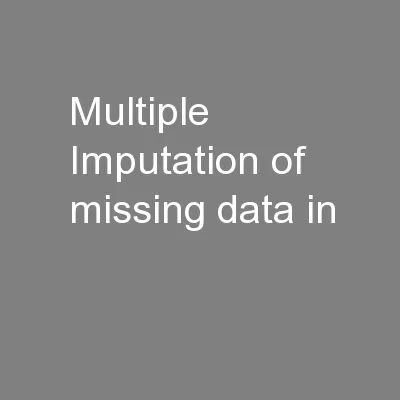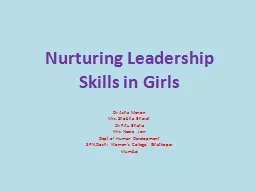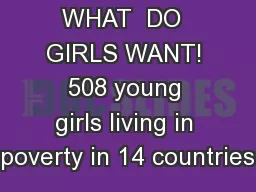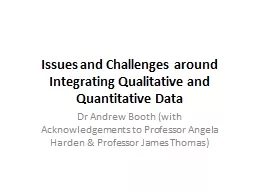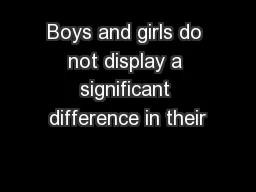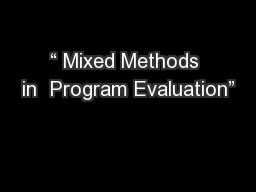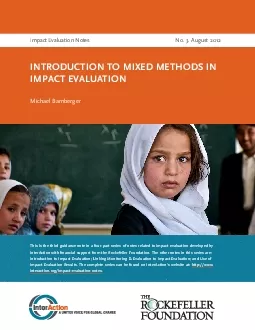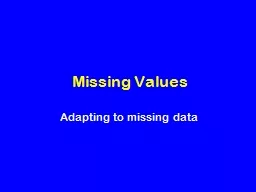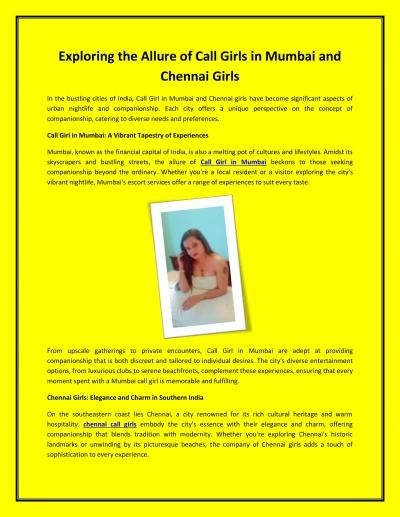PPT-Missing girls: Mixed methods
Author : windbey | Published Date : 2020-08-28
evaluation Meera Tiwari Kathryn Kraft Susannah Pickering Saqqa Missing girls Mixed methods evaluation Overview The missing girls literature The context Save the
Presentation Embed Code
Download Presentation
Download Presentation The PPT/PDF document "Missing girls: Mixed methods" is the property of its rightful owner. Permission is granted to download and print the materials on this website for personal, non-commercial use only, and to display it on your personal computer provided you do not modify the materials and that you retain all copyright notices contained in the materials. By downloading content from our website, you accept the terms of this agreement.
Missing girls: Mixed methods: Transcript
Download Rules Of Document
"Missing girls: Mixed methods"The content belongs to its owner. You may download and print it for personal use, without modification, and keep all copyright notices. By downloading, you agree to these terms.
Related Documents


